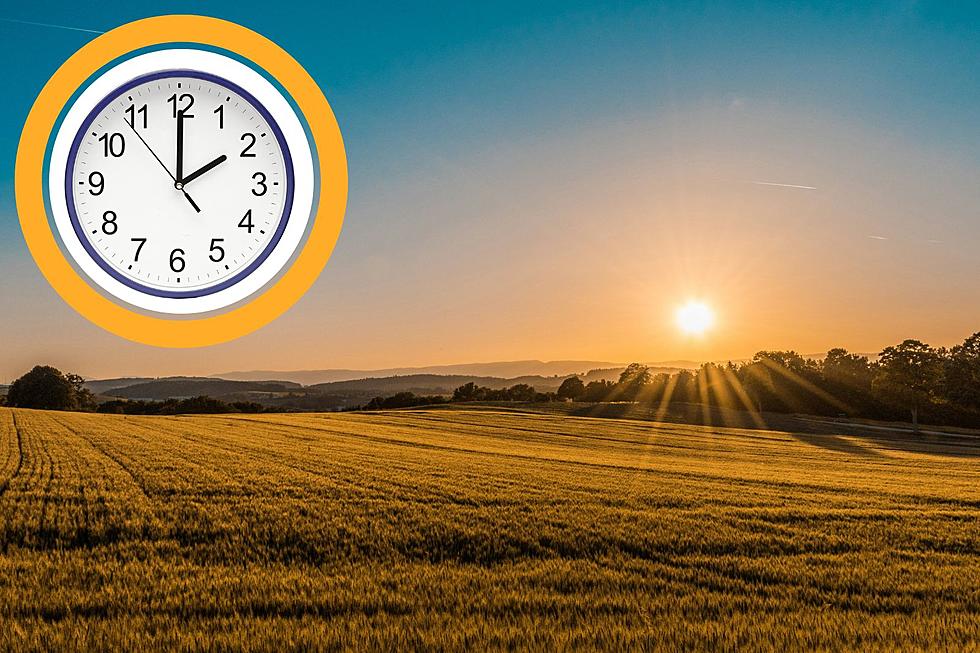
What Would Our Days in Iowa Look Like With NO Time Change?
Well, we've done it again. We've sprung forward. I've had enough. As I get older, this twice-a-year time change feels less like a novelty and more like a pain in the butt! Losing an hour of sleep messes me up now for days on end! Perhaps you're wondering what our days and nights would look like here in Iowa if we STOPPED going back and forth. If that 'time' ever came, we'd have two different options.
PERMANENT STANDARD TIME
KCCI reports that Iowa and most of the United States operate on Standard Time for around four months per year. If we switched to Standard Time we'd experience earlier sunrises and sunsets during the summer.
For example, in June the sun rises at around 5:40 a.m. Under Standard Time the sun would rise at 4:40 a.m. That means it would start to get light outside at just after 4 a.m.
Our late summer sunsets would also change. In Iowa, our latest sunset happens at 8:52 p.m. On Standard Time it would bump up to 7:52 p.m.
So what is our other option?
PERMANENT DAYLIGHT TIME
Our other option would be to NOT fall back this November and keep Daylight Time the whole year. KCCI reports that this would result in some very dark Iowa mornings!
For most of January and December in Iowa, the sun rises at 7:30 a.m. Under Daylight Time the sun wouldn't rise until 8:30 a.m.! That would mean dark commutes to work and school during that time of year.
The bright side? More winter daylight. The sun sets as early as 4:44 p.m. in Iowa during December. We'd get another hour of sun with Daylight Time and a sunset of 5:44 p.m.
If I had to choose, I'd go with Standard Time. The extra daylight in the morning would be just fine with me. I'm up at 3:30 a.m. anyway! I'm not sure I'd like it dark until after 8 a.m. under Daylight Time during the winter months.
So, should we stop the time change?
KEEP READING: 15 Natural Ways to Improve Your Sleep
LOOK: See how much gasoline cost the year you started driving
Gallery Credit: Sophia Crisafulli
More From 98.1 KHAK

![Caitlin Clark and Aliyah Boston Already Looking Great! [WATCH]](http://townsquare.media/site/675/files/2024/04/attachment-Fever1-e1714056891354.jpg?w=980&q=75)
![8 Awesome Iowa Restaurants I Visited This Spring [GALLERY]](http://townsquare.media/site/675/files/2024/04/attachment-Add-a-little-bit-of-body-text-35.jpg?w=980&q=75)






